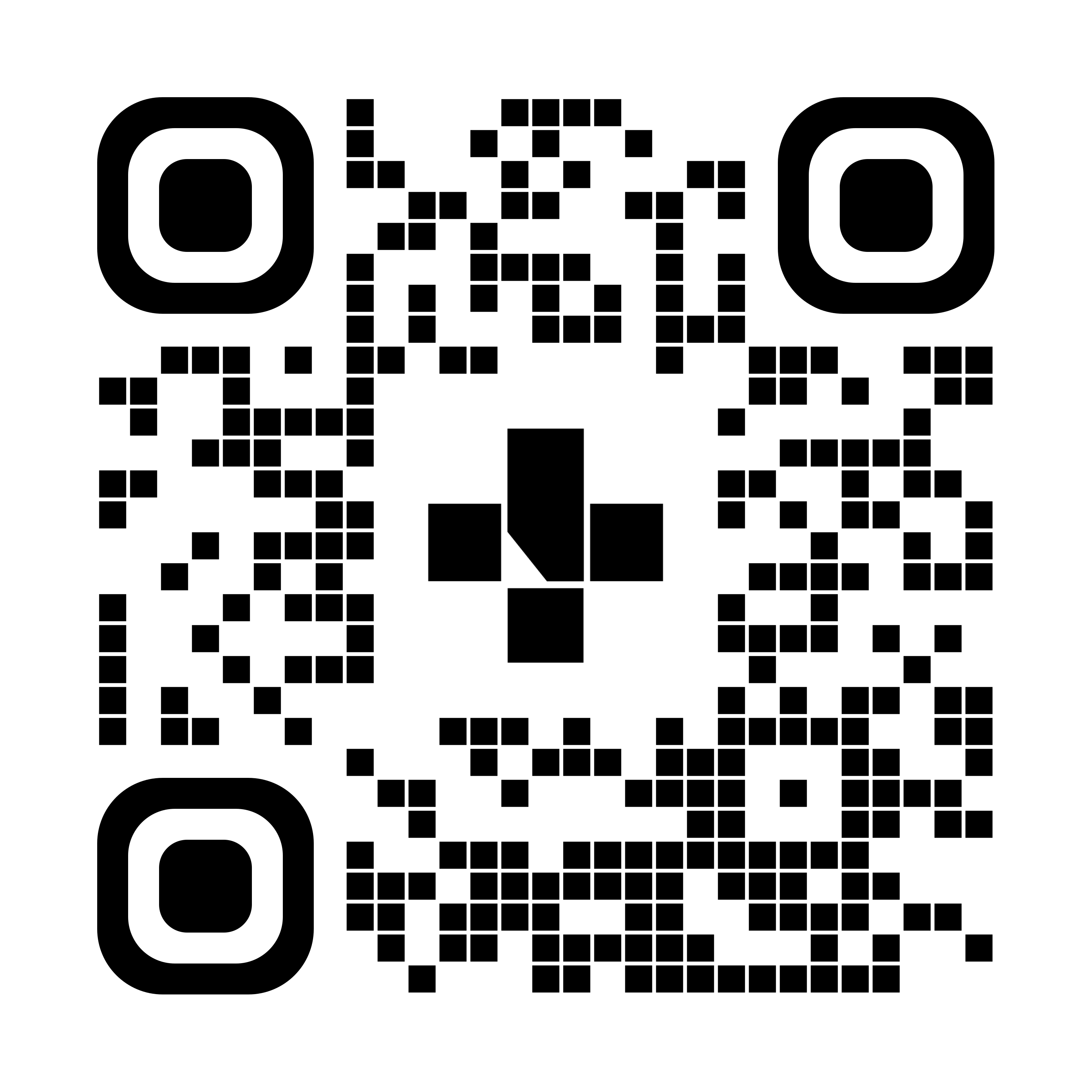Insulin Pump Therapy
Basal rate testing for insulin pump therapy
Your first basal rates were estimated by your diabetes team when you started using your insulin pump. You need to test your basal rates from time to time to see if they need to be adjusted.
Basal rates can change with:
- weight gain or weight loss
- hormone changes
- chronic stress
- lifestyle changes
- pregnancy
Your basal rates may need to be evaluated again if:
- You have more than 2 high or low blood glucose (sugar) readings in 1 day.
- You miss a meal and your blood glucose goes low.
- Your blood glucose is consistently high before meals.
- You will not miss a snack or go to bed without a snack, because you know that your blood glucose will go low.
A basal rate test is done when you haven’t taken any bolus insulin, and when you haven’t had any food for the last 5 hours. This is to find out how much glucose is coming from your liver, and how well your insulin is matched to this glucose at different times of the day.
General guidelines for basal rate testing
- Pick 2 days to do your basal rate testing. If you are doing basal rate testing overnight, pick 2 nights that are a few days apart.
- Do your testing on days that have been relatively stress-free with no low blood glucose.
- For your meals on testing days, eat balanced meals. Balanced meals are meals that follow the Healthy Plate Model for Diabetes. This includes ½ of your plate being vegetables, ¼ of the plate being a meat or a protein alternative, and ¼ of the plate being grains or starchy vegetables (carbohydrates).
- Don’t drink alcohol on the testing days.
- Make sure you haven’t eaten for 5 hours before starting the test. Depending on when you choose to test, these worksheets can help you plan your meals and track your results:
- Start the test with a blood glucose in the 5.6 to 8.3 mmol/L range. Don’t continue with the basal rate test if your blood glucose isn’t in this range.
- Don’t eat or take bolus insulin during the test period.
- If your blood glucose goes low or high during the test, you didn’t fail the test. It just means that your basal rates need to be adjusted. Stop the test and treat the low or high as you normally would. Then, evaluate the changes that could be made to your basal rates.
Understanding your basal rate testing results
During the basal rate test, your blood glucose should not change more than 1.7 mmol/L over or under your starting blood glucose. For example, if your starting blood glucose was 7.0 mmol/L, then the acceptable range during the test would be 5.3 to 8.7 mmol/L. If your blood glucose goes higher than that during the test, you may need more basal insulin. If your blood glucose goes lower than that during the test, you may be taking too much basal insulin.
To see this information online and learn more, visit MyHealth.Alberta.ca/health/pages/conditions.aspx?Hwid=custom.ab_diabetes_insulinpump_basalrate_inst.

For 24/7 nurse advice and general health information call Health Link at 811.
Current as of: July 15, 2024
Author: Diabetes, Obesity, and Nutrition Strategic Clinical Network, Alberta Health Services
This material is not a substitute for the advice of a qualified health professional. This material is intended for general information only and is provided on an "as is", "where is" basis. Although reasonable efforts were made to confirm the accuracy of the information, Alberta Health Services does not make any representation or warranty, express, implied or statutory, as to the accuracy, reliability, completeness, applicability or fitness for a particular purpose of such information. Alberta Health Services expressly disclaims all liability for the use of these materials, and for any claims, actions, demands or suits arising from such use.
